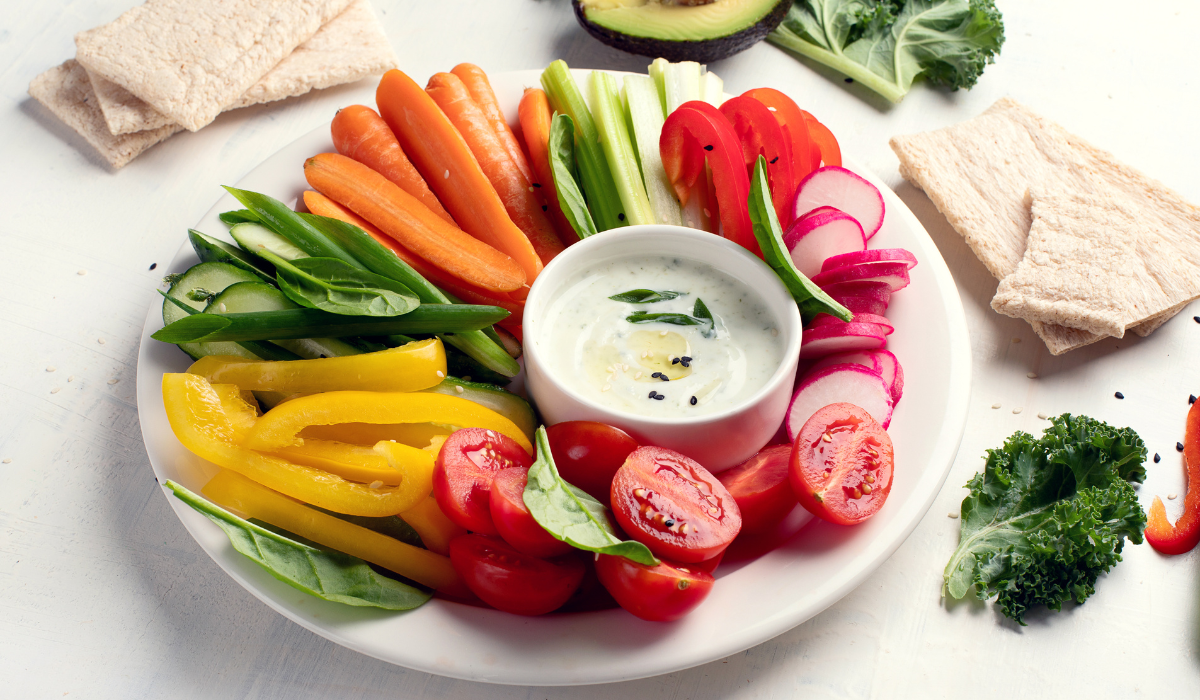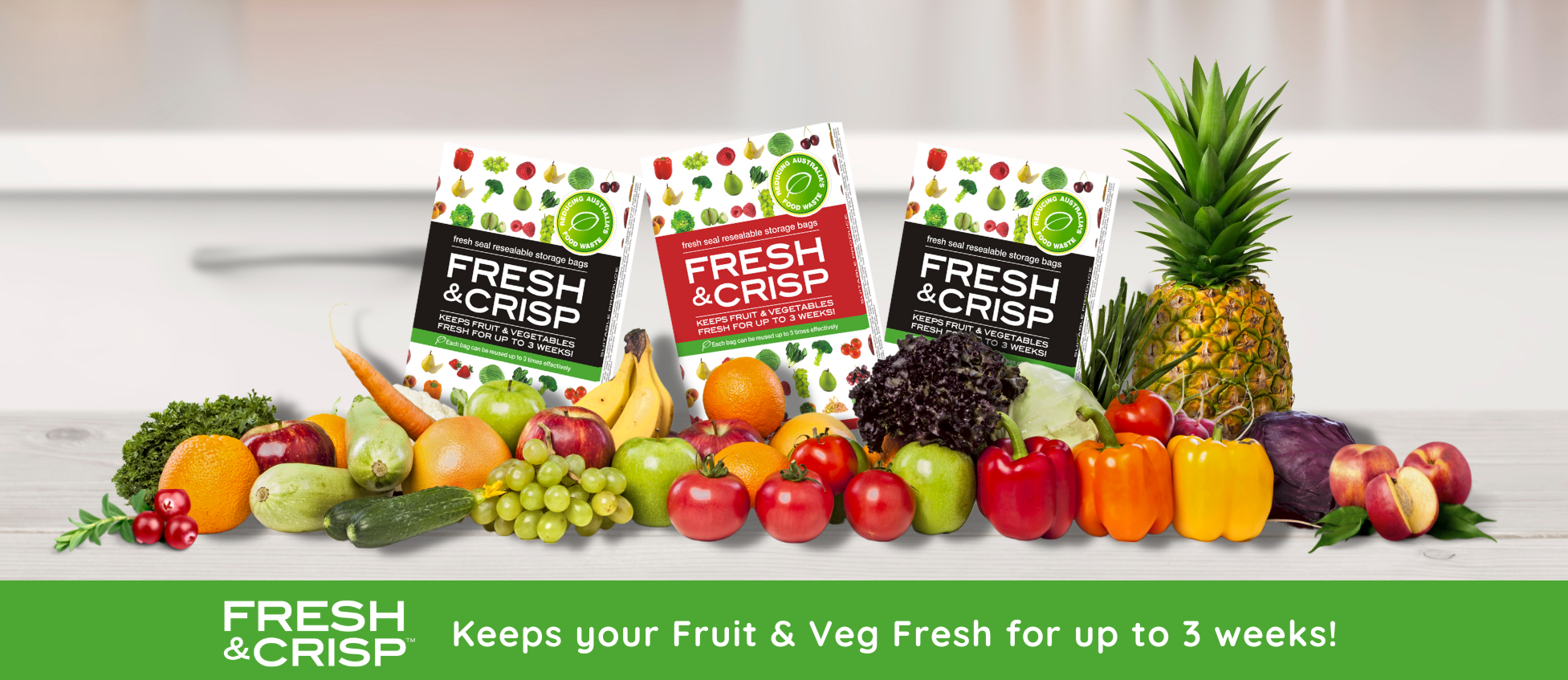Vegetables are an essential part of a balanced diet, providing vital nutrients, vitamins, minerals, and fiber that support overall health and well-being. In Australia, dietary guidelines offer specific recommendations on the amount of vegetables you should consume daily to maintain good health. This blog will break down these recommendations and provide tips on how to incorporate more vegetables into your diet.

The Australian Dietary Guidelines, developed by the National Health and Medical Research Council (NHMRC), provide detailed recommendations on daily vegetable intake:
- Adults (19-50 years): Men should aim for 6 servings per day, while women should aim for 5 servings.
- Adults (51 years and older): Both men and women should aim for 5 servings per day.
- Pregnant and breastfeeding women: Should aim for 5 servings per day.
- Children and adolescents: The recommendations vary by age:
-
- 2-3 years: 2.5 servings per day
- 4-8 years: 4.5 servings per day
- 9-11 years: 5 servings per day
- 12-18 years: 5.5 servings per day for boys and 5 servings per day for girls
For more detailed information, you can visit the Australian Dietary Guidelines.

To effectively meet these recommendations, it’s important to know what constitutes a serving of vegetables. According to the guidelines, one serving is approximately 75 grams. This can include:
- 1/2 cup of cooked vegetables (like broccoli, spinach, carrots, or pumpkin)
- 1/2 cup of cooked legumes (like lentils, chickpeas, or split peas)
- 1 cup of raw vegetables (like salad greens or chopped tomatoes)
- 1/2 cup of sweet corn
- 1 medium-sized potato or other starchy vegetables (like sweet potato or taro)
- 1 cup of diced or canned tomatoes (with no added salt)
You can find more examples of serving sizes on the Eat for Health website.
Tips for Increasing Your Vegetable Intake
Incorporating more vegetables into your diet might seem challenging, but with a few simple strategies, it can be quite achievable:

- Incorporate Vegetables into Every Meal:
-
- Breakfast: Add spinach, tomatoes, or mushrooms to your eggs or smoothie.
- Lunch: Include a side salad or add extra vegetables to your sandwich or wrap.
- Dinner: Fill half your plate with a variety of vegetables, whether steamed, roasted, or raw.

- Snack on Vegetables:
-
- Keep sliced carrots, celery, bell peppers, and cherry tomatoes ready for a quick snack.
- Pair vegetables with hummus or a light dip for added flavour
- Experiment with New Recipes:
-
- Try different cuisines that emphasise vegetable dishes, such as Mediterranean, Asian, or Middle Eastern recipes.
- Use vegetables as the base for soups, stews, and casseroles.
- Grow Your Own:
-
- If space allows, start a small vegetable garden. Growing your own can increase your appreciation for vegetables and provide fresh, home-grown options.
- Plan Your Meals:
-
- Plan your meals around vegetables rather than treating them as an afterthought. This ensures they are a focal point of your diet.
For more tips on incorporating vegetables into your diet, check out Healthy Eating for Adults by the Australian Government.
Conclusion
Meeting the recommended vegetable intake according to Australian guidelines is an achievable goal that can have profound impacts on your health. By understanding serving sizes and incorporating vegetables into every meal, you can easily reach and even exceed these recommendations. Whether you’re cooking at home, dining out, or snacking, make vegetables a priority for a healthier, more balanced diet.

Start today by adding an extra serving of vegetables to your meals, and enjoy the benefits of a diet rich in nature’s best produce. Your body will thank you!
For further reading and resources, visit the Australian Dietary Guidelines and Eat for Health.

